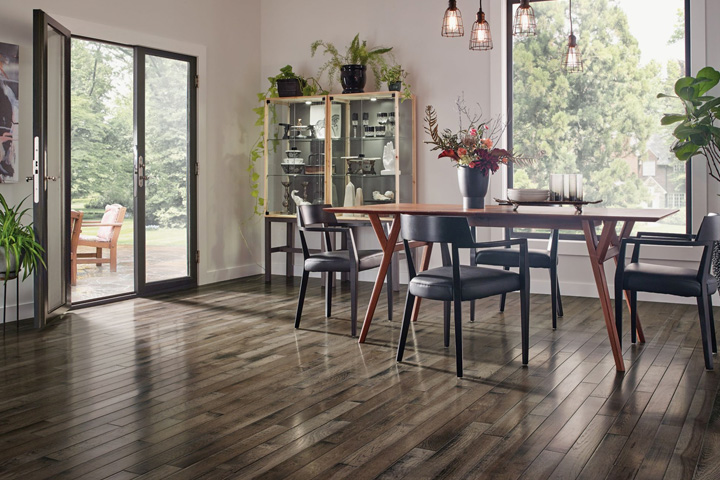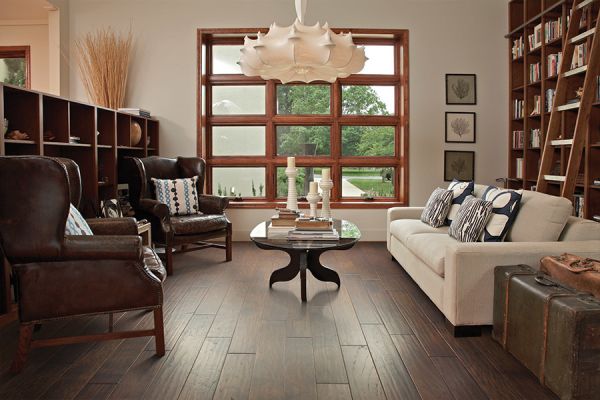Sturdiness isn’t easily specified. It can suggest resistance to wetness, dents, or scratches or it can indicate durability. Wood flooring sturdiness depends upon the type, types, finish, and production process. A lot of wood flooring is durable and can withstand pets, children, and a certain quantity of abuse, however depending upon the application, there are distinctions in between products.
The low maintenance and durability of a strong wood location are near the top of the list for toughness. Each piece of solid wood floor covering is a single piece of wood, normally cut with a tongue-and-groove profile. The most pricey choice amongst wood flooring alternatives, it also supplies the highest resale value for a house. With choices ranging from domestic oak, maple, pine, cedar, and fir to exotics such as teak and Merbau, the choices for pattern and color go beyond those of most other floor covering choices. Strong wood flooring can be sanded and repaired over and over once again, making it among the most resilient floor covering alternatives readily available. That fixable quality makes strong wood one of the best options if you have family pets with claws or children with toys that might damage floor covering.

Engineered wood is more resilient than solid wood when thinking about wetness. It withstands wetness because of the way it’s made, with 2 or more layers of wood whose grain patterns perform at best angles to each other, glued together under hydraulic pressure and after that topped off with veneer. Also called a wear layer, the veneer can vary in density. Thinner wear layers, about 1/8 inch, have restricted resilience, while thicker wear layers, 1/4 inch or more, have much better longevity. The thicker the layer, the more times you can sand and refinish the floor. Consult the producer to figure out the density of the wear layer. You can set up engineered wood floor covering below-grade, such as in a basement, where strong wood isn’t a good option because of moisture issues.
The Apex KBF scale ranks wood for density and is a trusted indicator of floor resilience in regard to the firmness and denting. The higher the rating, the more resistant the floor is to damages, scratches, and wear. Red oak, among the most common hardwood flooring species, ranks 1,290. Brazilian cherry, a more unique types, ranks 2,350. Black walnut, one of the softer hardwoods, ranks 1,010, while Douglas fir is even softer at 660 on the scale and will scuff or dent easier than hardwood.
Laminated wood floor covering is the least expensive option and the least long-lasting. It offers something near the wood flooring look, however, the wear layer is frequently a photographic image and you can’t sand it. Laminate flooring is made with a high-density chipboard core, often layered, but it won’t withstand moisture like engineered wood or safeguard against damages and scratches like solid wood. It’s much easier to clean because of its uniform, flat surface and it’s more affordable, but it will not offer you the resale value of strong or engineered wood.
The finish can make all the difference as far as withstanding scratches and damages and including durability to any hardwood floor. Two types represent hardwood floor surfaces. Traditional oil-based polyurethane is versatile, able to endure the regular motion of wood, and it offers a warm radiance to wood flooring. Acrylic urethane sometimes referred to as a water-based surface, is harder and less flexible. Including urethane makes the resin harder and more scratch-resistant, but water-based urethane doesn’t have the solvent resistance and heat tolerance of oil-based products.


Recent Comments